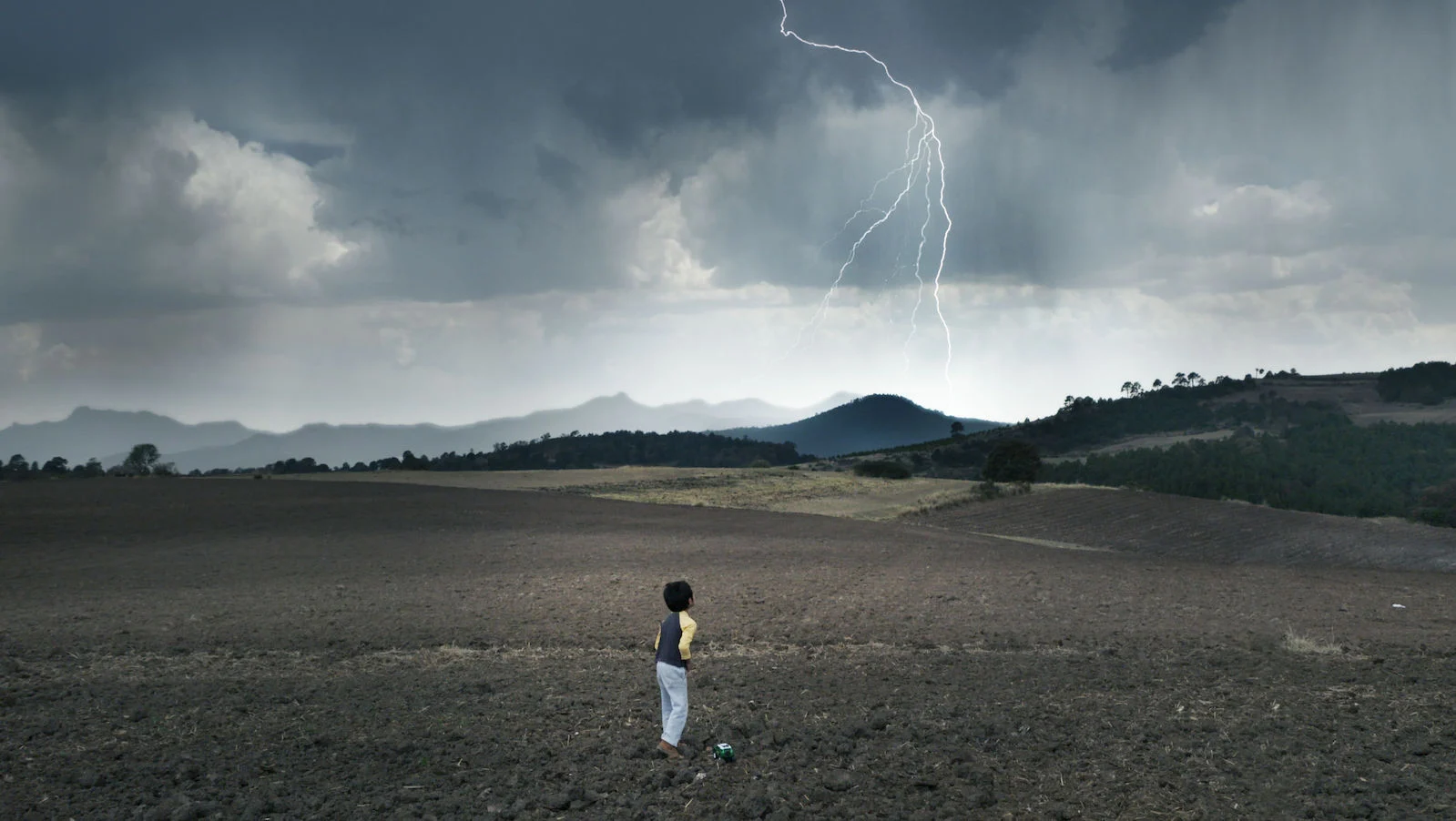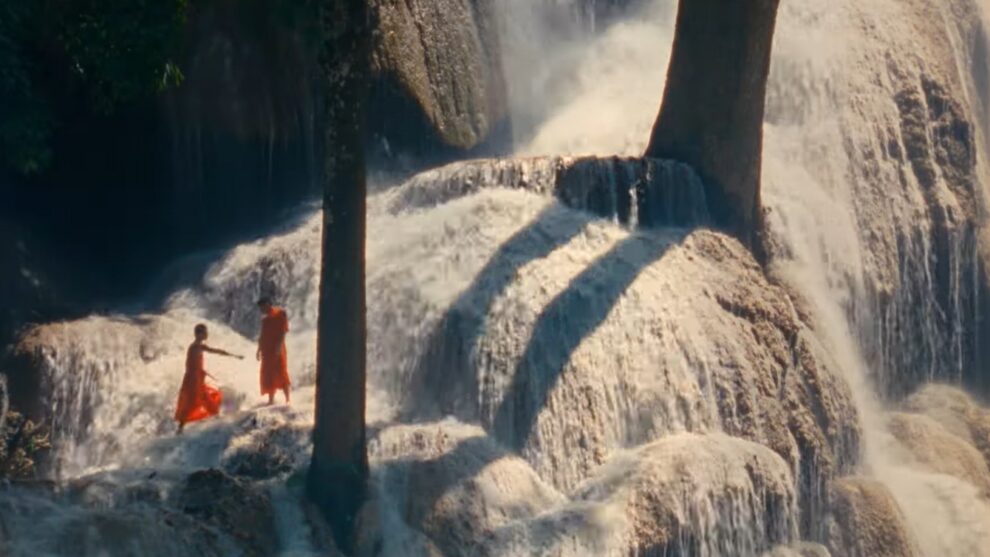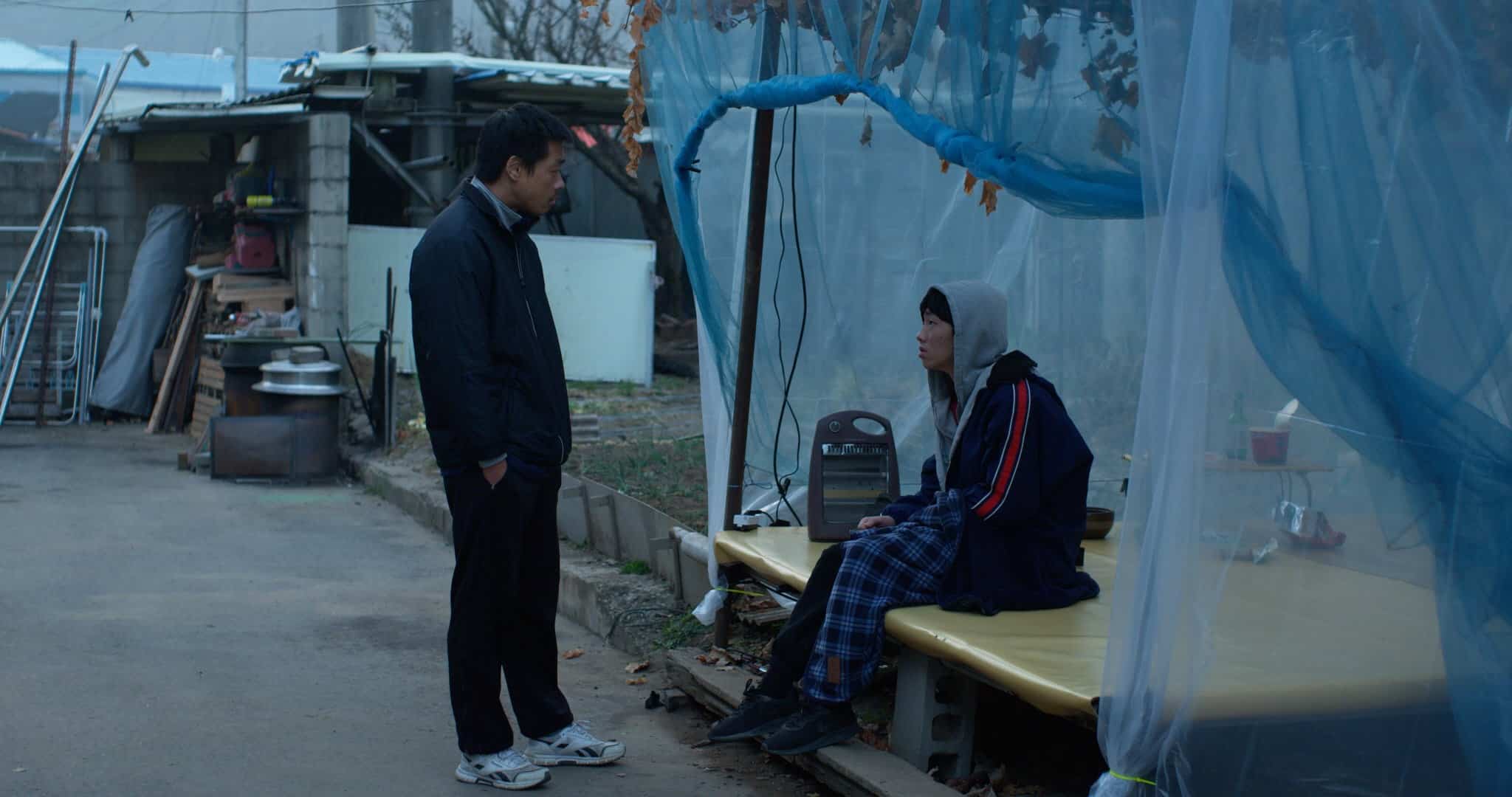The greatest cinema is often an exciting cocktail for the senses: sound and image in perfect harmony, intricately woven to create an immersive experience that transports us to another world. But what happens when one of those senses is numbed? Silent movies formed the foundations of visual grammar for audiences, and sound was a luxury audiences lived without for many years. Few films have attempted the inverse, plunging the viewer into darkness and relying on sound alone to guide them from one experience to another. Enter Galician filmmaker Lois Patiño's bold and beautiful “Samsara”, a meditative drama set between Laos and Zanzibar that tracks a soul moving between states of existence, and the lives that are touched in big and small ways by this cosmic rite of passage. The term ‘samsara' itself is the cycle of death and reincarnation as seen by Buddhism, and while it may sound familiar to anyone who has encountered Ron Fricke's 2011 film of the same name, Patiño is free to explore it on his own terms and with his own rhythms by creating a wholly unconventional cinematic world.
Samsara is screening at Museum of the Moving Image, as part of the First Look 2024 program

Starting in the beautiful jungles, lakes and mountains of Laos, “Samsara” locates itself in the growing friendship between young monk Be Ann (Toumor Xiong) and teenage rapper Amid (Amid Keomany); while Be Ann settles into his new devotedly Buddhist life, Amid visits ailing local woman Mon (Simone Milavanh) to prepare her for her imminent death. Reading together from the Tibetan Book of the Dead, Amid and Mon explore the nature of life, death and the states of consciousness in between, often in beautiful sun-dappled tableaus and interrupted with dreamy overlays of ancient artwork. The latter stretch of the film plants us in a coastal Zanzibar town, following schoolgirl Mariam (Mariam Vuaa Mtego) as she experiences a new lease of life looking after a baby goat. The focus of this plot ebbs and flows between the processing of seaweed into oils and soaps and how the local Muslim population interact with the native Maasai people, and as Mariam's view of the world widens, so does her understanding of its bluntness and its cruelty.
Anyone familiar with the laidback cinema of Apichatpong Weerasethakul will find plenty to appreciate in “Samsara”‘s two disparate stories. Nature and man's symbiotic relationship with it is drawn out in languid, enveloping long takes, drinking in the grace of water cascading off rocks or taking time to explore the wonders of rockpools on the beach. “Samsara”‘s humans are gentle and peaceful, finding their way through the beauty of the natural world with a quiet sense of respect and admiration and creating an on-screen reality that has the light texture of a dream and the optimism of a utopia few of us have visited.
Following his extraordinary work in “Red Moon Tide” (Patiño's previous feature, an unsettling nightmare of ghosts, sea monsters and grief), it's clear that Patiño understands the correct color palette to evoke a subconscious reaction in his audience. The deep inky reds of his first feature are substituted for high-contrast bursts of all colors in “Samsara”, making every new plant or creature you see look like you're seeing it for the very first time. Frankly, the entire film pops with beauty, each scene gorgeous and wondrous in its own right.
The connective tissue between these two tales is where Patiño sets himself apart from any other filmmaker in the business, however. While Apichatpong is a master of marrying sound and image and letting the sound do most of the talking, he has perhaps never attempted anything as bold as what Patiño attempts here. Without ruining too much, the director asks his audience to go with him on a journey that may rewire their brains, surrendering themselves to an instinctive state where light and sound carry you from one zone to another.
The centerpiece of “Samsara” stands as its crowning achievement, a wildly ambitious swing that will terrify and unsettle as much as it will cleanse and enrich the souls of its audience. As Patiño lets go of your hand at the end of this 15 minute stretch, it's entirely possible that you may feel cinema has a very bright future indeed, where artists are willing to take risks with the form that others before them wouldn't have dared. The closest way to describe the experience of “Samsara”‘s fresh vision is like the concept of Gaspar Noé's “Enter the Void” explored with the liberating cinematic techniques of Bi Gan's “Long Day's Journey into Night”, and even then, that's not really all that close to what the filmmaker achieves with his formal gamble.
Despite the fact that this is absolutely a film that demands to be seen in a theatre, viewers should seek out this remarkable work where they can. Patiño appears to be operating outside the rules of conventional cinema, or even conventional arthouse cinema. In uniting the two cultures of Laos and Zanzibar, he has found a fascinating new way of telling a story with a cinema screen and its speakers, bringing a brand-new meditative experience into a world that needs to calm down. The peace that can be found in “Samsara”‘s effortless two hours will soothe even the most troubled mind, and its message is of sobering honesty and ascended understanding that might not be able to change the whole world, but it might just change yours.















